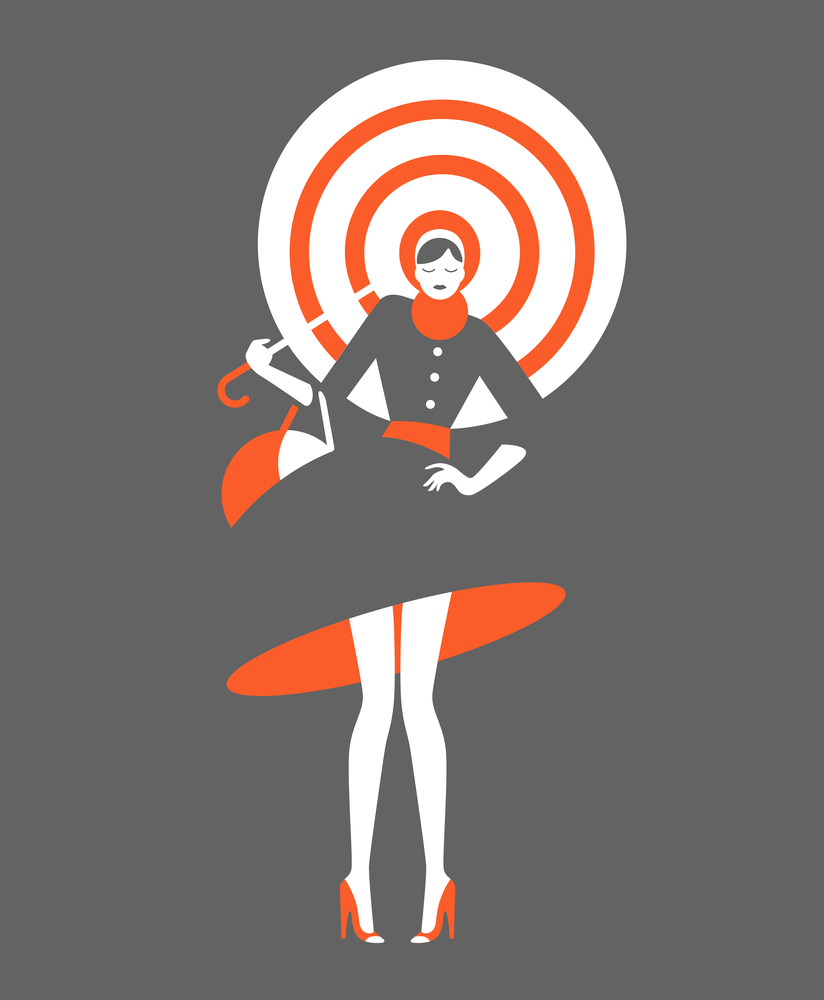
This is part two of my design principles for the web series. In the last post, we discussed color. Today we’ll be talking about negative space. This one is a bit unique and certainly not one you probably think about a lot. Negative space is the white space surrounding the content and the design. We call it negative space because it is the space that the primary object does not occupy. However, let’s not give it a “negative” connotation. Negative/white space is a valuable tool when it comes to design.
In college, one of my design textbooks was titled “White Space Is Not Your Enemy.” Sometimes we’re inclined to fill up every ounce of space on a page. We can be scared to leave a giant block of unused space. There are some instances where we certainly do need to fill the space, but other times white space is a necessary element that helps the content “breathe.”
Do you remember those old websites that were so rudimentary that the text would start on one edge of the browser and go ALL the way to the right side? They were always so hard to read because they weren’t defined by negative space! When we add some space to each side of the browser and push the text in, it becomes easier to read each line and find information within the paragraphs.


We can also think about the negative space between close elements as well. When the spacing between elements is consistent on a page, our eyes find it more pleasing to look at. We may use the same defined amount of space between an image and its adjacent text, or use a different amount of defined space between different sections on a page. We can use this repetition to bring some balance to the design.
I hope you’ve learned a bit about negative space when it comes to web design. This simple element makes a significant impact, whether you realize it or not.

